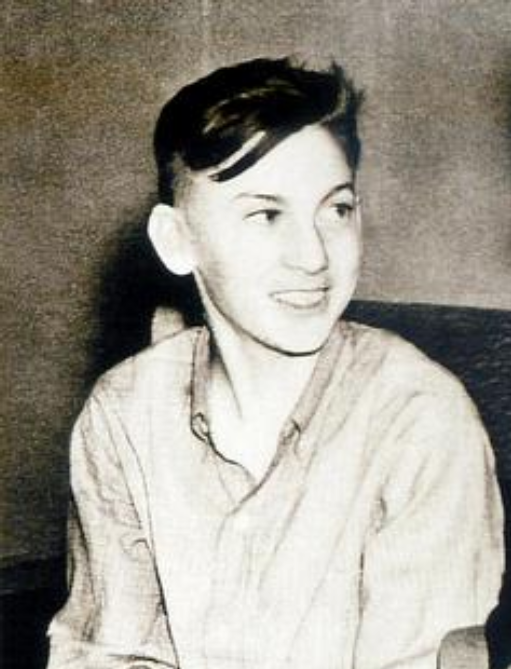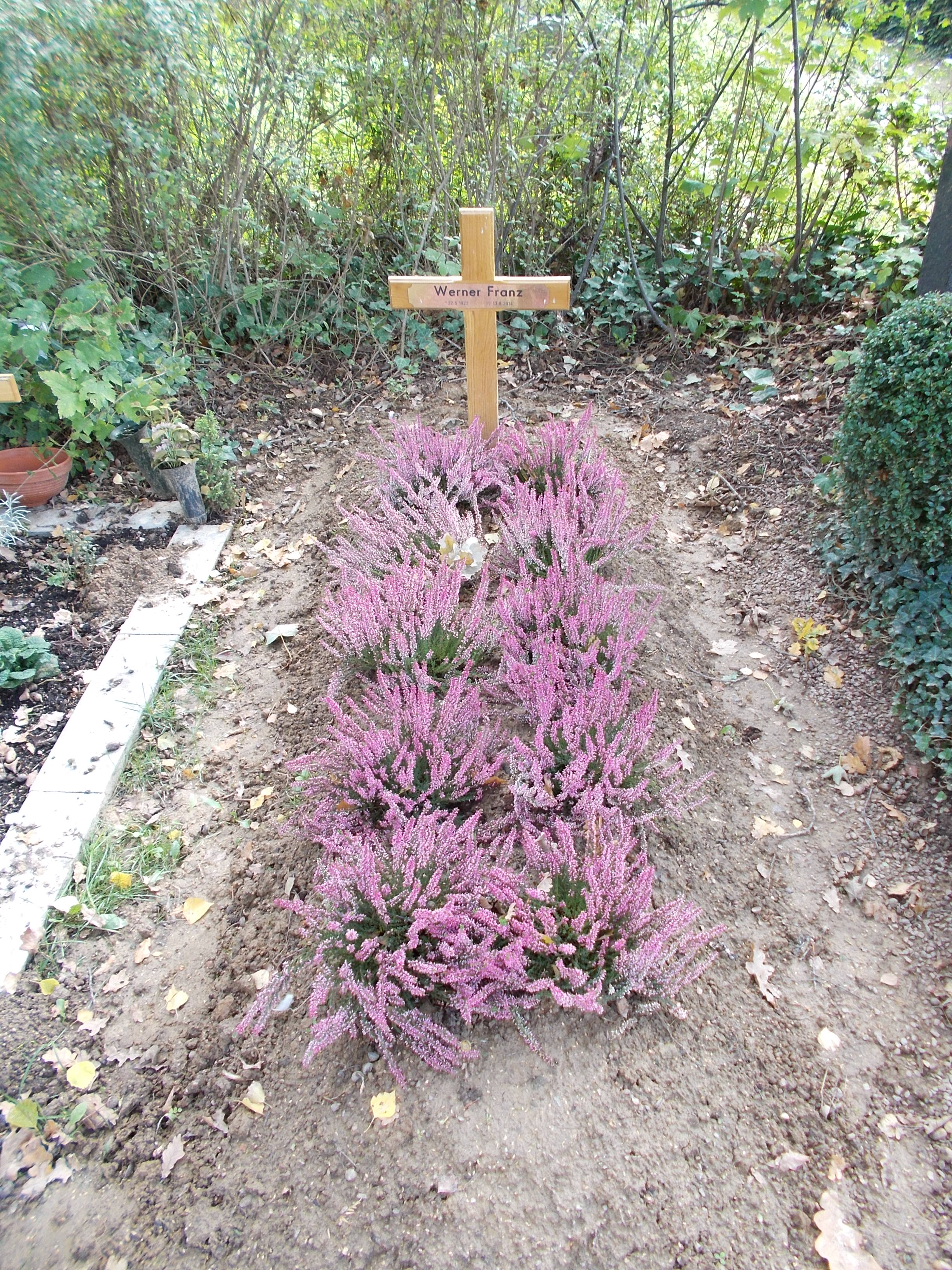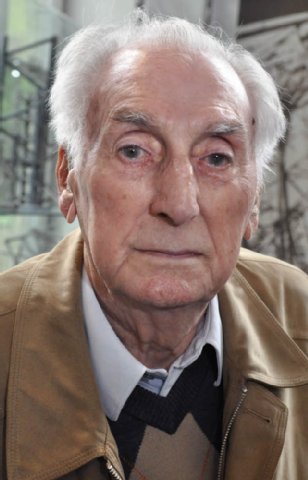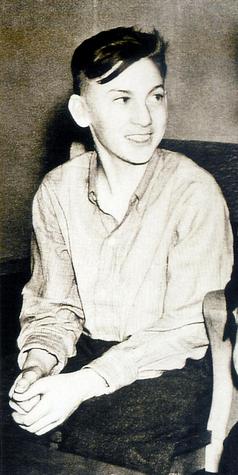Aviation Folk Figure. A 14 year old cabin boy at the time of his brush with history, he shall be remembered as the last surviving crew member of the airship "Hindenburg" which crashed at the Naval Air Station, Lakehurst, New Jersey on May 6, 1937 killing 35 of the 97 people aboard, plus one member of the mooring crew. Raised in Frankfurt, he was working in a hotel when his brother told him about an opening on the "Hindenburg"; in October of 1936 he traveled to Rio de Janeiro on his first trip aboard the 804 foot giant which could cross the Atlantic in half the time required by an ocean liner. The craft, officially designated LZ-129, contained very large gas cells filled with the lighter-than-air gas hydrogen, which was used because helium was unavailable in Germany. Hydrogen had several advantages over the inert helium, namely that it is literally as cheap as water and that it has a four to one greater lifting coefficient. It is, however, explosive and thus extremely dangerous to work with. Franz was aboard the ship for its 34th and last voyage which was running several hours behind schedule on the early evening of May 6th, delays having been caused by thunderstorms at the landing site which was, incidentally, America's first international airport. As Captain Max Pruss came in for mooring Franz was clearing dishes in the ward room when the hydrogen exploded, an event captured on newsreel film and by Herb Morrison's famous radio broadcast, consuming the major portion of the craft in about 35 seconds. As the ship neared the ground, Franz, fortunately soaked by an exploded water tank, jumped down and ran into the wind, thus escaping uninjured. He went back to the crash site the next day and was able to recover his grandfather's watch and was to testify before the official investigative body before returning home. He served as a radio operator in the Luftwaffe during World War II and afterwards was a postal worker and a noted figure skating coach. He lived out his days in his native city and died of heart disease; at his demise, one "Hindenburg" passenger, who was eight at the time of the crash, remained alive and aviation buffs continued debating, probably eternally, what "really" happened to cause the explosion. (Bio by: Jay Lance)
Aviation Folk Figure. A 14 year old cabin boy at the time of his brush with history, he shall be remembered as the last surviving crew member of the airship "Hindenburg" which crashed at the Naval Air Station, Lakehurst, New Jersey on May 6, 1937 killing 35 of the 97 people aboard, plus one member of the mooring crew. Raised in Frankfurt, he was working in a hotel when his brother told him about an opening on the "Hindenburg"; in October of 1936 he traveled to Rio de Janeiro on his first trip aboard the 804 foot giant which could cross the Atlantic in half the time required by an ocean liner. The craft, officially designated LZ-129, contained very large gas cells filled with the lighter-than-air gas hydrogen, which was used because helium was unavailable in Germany. Hydrogen had several advantages over the inert helium, namely that it is literally as cheap as water and that it has a four to one greater lifting coefficient. It is, however, explosive and thus extremely dangerous to work with. Franz was aboard the ship for its 34th and last voyage which was running several hours behind schedule on the early evening of May 6th, delays having been caused by thunderstorms at the landing site which was, incidentally, America's first international airport. As Captain Max Pruss came in for mooring Franz was clearing dishes in the ward room when the hydrogen exploded, an event captured on newsreel film and by Herb Morrison's famous radio broadcast, consuming the major portion of the craft in about 35 seconds. As the ship neared the ground, Franz, fortunately soaked by an exploded water tank, jumped down and ran into the wind, thus escaping uninjured. He went back to the crash site the next day and was able to recover his grandfather's watch and was to testify before the official investigative body before returning home. He served as a radio operator in the Luftwaffe during World War II and afterwards was a postal worker and a noted figure skating coach. He lived out his days in his native city and died of heart disease; at his demise, one "Hindenburg" passenger, who was eight at the time of the crash, remained alive and aviation buffs continued debating, probably eternally, what "really" happened to cause the explosion. (Bio by: Jay Lance)
Bio by: Bob Hufford
Sponsored by Ancestry
Advertisement
Advertisement





